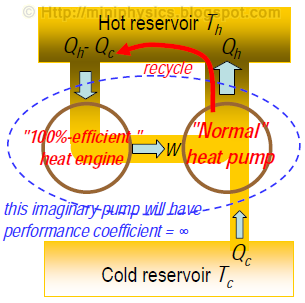I know this will turn into a heated discussion about the 2nd Law of Thermodynamics, so I will just state the facts as I understand them.
The question is: can a battery be charged by any amount via the following method?
Facts:
1) This research paper about photovoltaic infrared detectors exists:
2) All objects emit a spectrum of black body photons depending on temperature and for room temperature objects these are infrared wavelengths. This is part of the spectrum for 300k objects:

3) The research paper shows a graph where the detector which is at 300k temperature generates 1.6 amps per watt of 3.5 micron infrared light on the detector. This is without any application of bias voltage.


Why not use the infrared emissions of the Earth at room temperature to charge a battery attached to the detector? Some will say this would violate the 2nd Law of Thermodynamics because you'd be generating useful power from a single temperature heat reservoir. Discuss.
The question is: can a battery be charged by any amount via the following method?
Facts:
1) This research paper about photovoltaic infrared detectors exists:
2) All objects emit a spectrum of black body photons depending on temperature and for room temperature objects these are infrared wavelengths. This is part of the spectrum for 300k objects:
3) The research paper shows a graph where the detector which is at 300k temperature generates 1.6 amps per watt of 3.5 micron infrared light on the detector. This is without any application of bias voltage.
Why not use the infrared emissions of the Earth at room temperature to charge a battery attached to the detector? Some will say this would violate the 2nd Law of Thermodynamics because you'd be generating useful power from a single temperature heat reservoir. Discuss.





